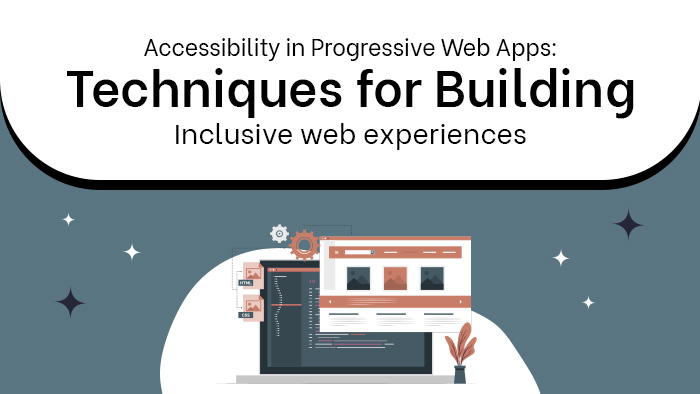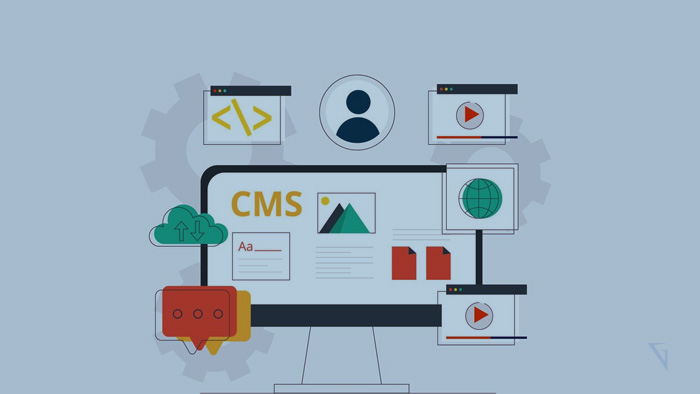
Accessibility in Progressive Web Apps: Techniques for Building Inclusive Web Experiences
The pursuit of accessibility in progressive web applications (PWAs) has become increasingly imperative as the digital landscape continues to evolve. This article aims to explore various techniques for building inclusive web experiences within PWAs, with a focus on adhering to the Web Content Accessibility Guidelines (WCAG). By examining the design and implementation of accessible user interfaces, keyboard navigation, color contrast enhancements, multimedia captioning and transcripts, readability improvements, font accessibility optimization, and integration of assistive technology support, this article provides a comprehensive overview of strategies for creating PWAs that cater to diverse user needs. Key Takeaways Accessibility features in Progressive Web Apps (PWAs) ensure effective access and interaction for individuals with disabilities. Implementing WCAG guidelines for accessibility in PWAs promotes inclusivity and improves search engine optimization. Techniques for implementing accessibility in PWAs include audio description, braille support, keyboard navigation, and contrast ratio optimization. Designing accessible user interfaces in PWAs involves clear form field labels, appropriate HTML elements, focus management, and visual cues for focused elements. Why




